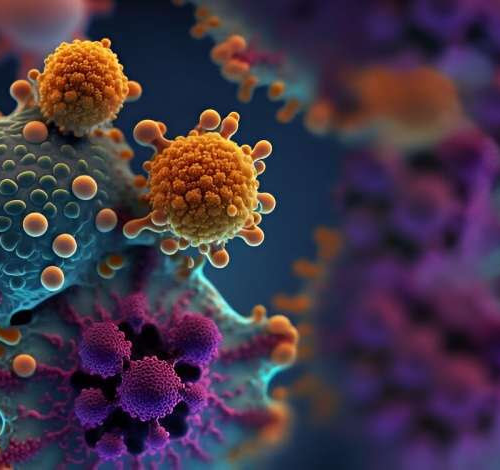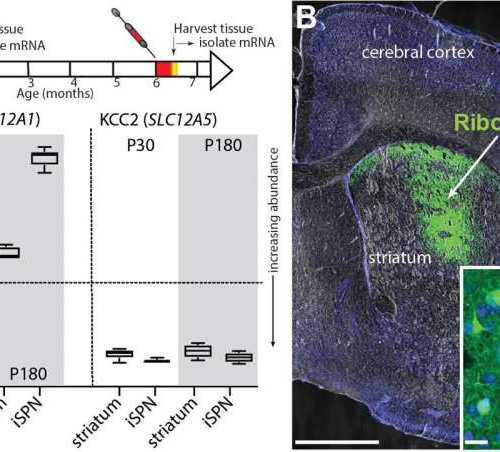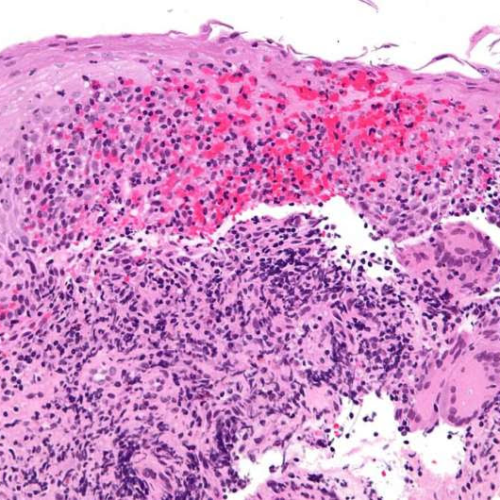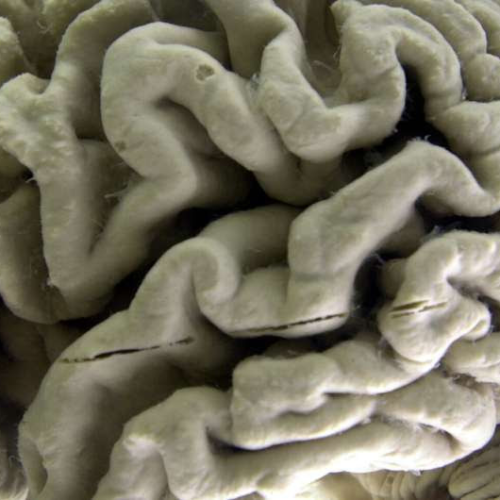by University of Zurich Progressive degeneration in a neuronal network: blue represents healthy neurons, while orange and red represent the protein NPTX2. Yellow shows the toxic aggregation of the protein TDP-43. Credit: Niklas BargendaScientists at the University of Zurich have developed an innovative neural cell culture model, shedding light on the intricate mechanisms underlying neurodegeneration. Their...
CAR T-cell therapy appears to be feasible, safe for autoimmune diseases
by Elana Gotkine CD19 chimeric antigen receptor (CAR) T-cell therapy seems feasible, safe, and efficacious for patients with different autoimmune diseases, according to a study published in the Feb. 22 issue of the New England Journal of Medicine. Fabian Müller, M.D., from the Friedrich-Alexander University Erlangen-Nürnberg in Germany, and colleagues examined patients with severe systemic...
Detecting pathogens faster and more accurately by melting DNA
by Ioana Patringenaru, University of California – San Diego Researchers use this chip to analyze the microbes present in whole blood samples. Credit: David Baillot/University of California San DiegoA new analysis method can detect pathogens in blood samples faster and more accurately than blood cultures, which are the current state of the art for infection diagnosis....
Researchers design novel drug delivery system that could reverse Alzheimer’s disease impact
by University of North Carolina at Chapel Hill Chirality inversion mechanisms. Scheme and TEM images (a) of Fmoc-FFFF-PEG2 prepared at RT, or heated to 37 and 40 °C to track the chirality inversion (50 nm scale bars). Schematic (b) of seeded growth via right-handed nucleation points. CD spectra (c) of nucleated assemblies grown with varying monomer:seed ratios. TEM...
Doctor on the cusp of a cancer cure: Nobel Prize-winning oncologist whose discovery means killer disease could be treated with a vaccine in years to come
Dr Catherine Wu has paved the way for the development of cancer vaccinesShe ‘drew a picture of [myself] making a cure for cancer’ in second grade By CAITLIN TILLEY, HEALTH REPORTER FOR DAILYMAIL.COM Dr Wu’s obsession with the immune system began after she watched bone marrow transplants as a medical internDr Wu’s obsession with the...
A calming neurotransmitter can also be excitatory, study finds
by Olivia Dimmer, Northwestern University KCC2 mRNA is robustly expressed in SPNs, but not NKCC1. Credit: PLOS Biology (2024). DOI: 10.1371/journal.pbio.3002483A neurotransmitter previously thought only to calm neurons may also play a role in waking them up, according to a study published in the journal PLOS Biology, a discovery which challenges the textbook view of how...
Recognize the signs of burnout in yourself and others
by Ernie Mundell Burnout: It’s a common enough concept, but how do you know if you’re experiencing it at work and at home? According to experts at Baylor College of Medicine in Houston, a myriad of daily pressures placed on individuals can culminate in burnout. “Burnout is not a result of one singular thing,” explained...
What Works to Treat Dry Eye? The Best Eye Drops and Home Remedies
Written by Austin Ulrich, PharmD, BCACP | Reviewed by Christina Aungst, PharmD Key takeaways: Over-the-counter (OTC) eye drops, like artificial tears, and prescription eye drops, like Restasis (cyclosporine) and Xiidra (lifitegrast), are effective treatments for dry eye.Home remedies for dry eyes include avoiding wind and smoke, using a humidifier, and doing eyelid scrubs or warm...
Treating newly-diagnosed Crohn’s patients with advanced therapy leads to dramatic improvements in outcomes
by University of Cambridge High magnification micrograph of Crohn’s disease. Biopsy of esophagus. H&E stain. Credit: Nephron/WikipediaA large-scale clinical trial of treatment strategies for Crohn’s disease has shown that offering early advanced therapy to all patients promptly after diagnosis can drastically improve outcomes, including by reducing the number of people requiring urgent abdominal surgery for treatment...
Silent brain changes precede Alzheimer’s. Researchers have new clues about which come first
by Lauran Neergaard A closeup of a human brain affected by Alzheimer’s disease, is displayed at the Museum of Neuroanatomy at the University at Buffalo in Buffalo, N.Y., on Oct. 7, 2003. According to findings published Wednesday, Feb. 21, 2024 in the New England Journal of Medicine, Alzheimer’s quietly ravages the brain long before symptoms...









